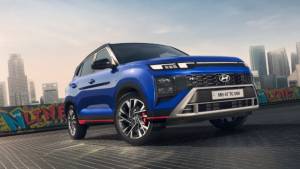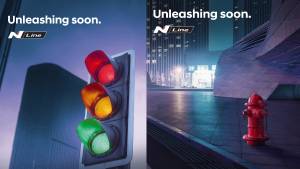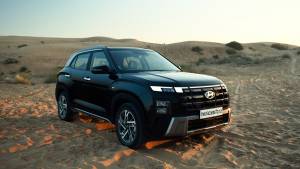2020 Hyundai Tuscon facelift road test review
It's another day, another new SUV. In fact, we've driven so many of these things, in so many flavours, since the lockdown ended that we aren't too far away from the auto-journalistic blasphemy of actually warming up to them. That we've been driving the Hyundai Tucson, seems to only heighten this feeling.
Why the Hyundai Tucson? This premium SUV has been around since 2016 in our market, but Hyundai has given it a do-over with its BSVI update. First shown at the 2020 Auto Expo and launched in July, it's only now that we've got behind the wheel of it, thanks to the pandemic.
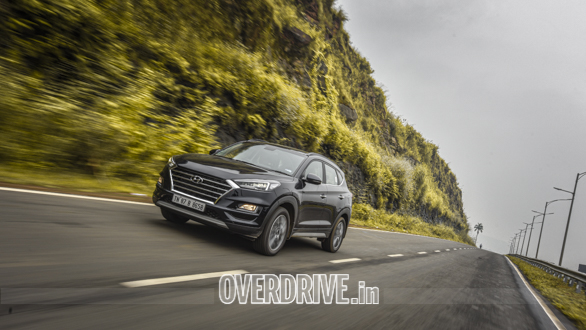
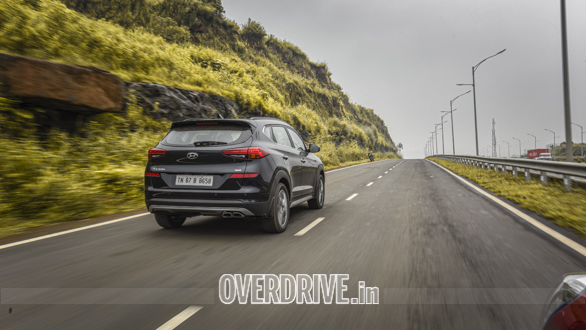
What's changed in the new Hyundai Tucson?
Visually, the Tucson has received a slight nip-tuck starting with the more angular five-segmented LED headlamps which also move their beam in conjunction with the steering input. There's some nice detailing at play here with the silver accents within the cluster and the now integrated LED DRLs which also flow down into a highlight for the fog lamps, reminiscent of newer Hyundai SUVs and their two-part headlamp arrangement. The new full-faced grille follows this theme too with its chrome detailing and crimped bottom.
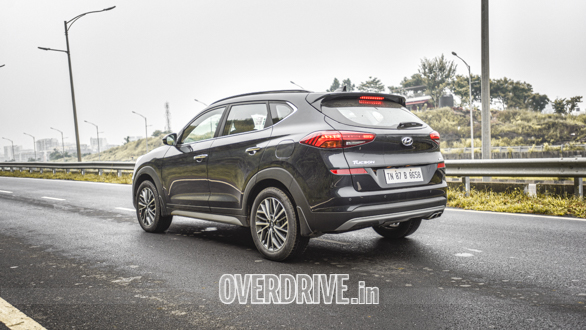
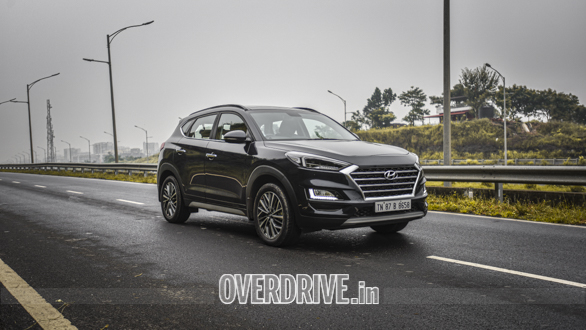
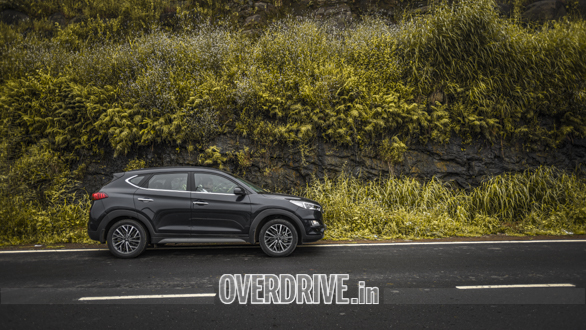
As you would expect with a mid-life update such as this one, the Tucson in profile remains unchanged except for those smart multi-spoke alloys. At the rear, you again have some minor tweaks with the tail lamps getting edgier LED highlights and a flatter shape. Finally, the bumper has received a few tweaks with the reflector now moving higher.
While these changes aren't the most extensive, Hyundai has done a fair job of melding elements from its new design themes with the older, more flowing design approach of the Tucson. The big chromed grille adds a touch more presence to this soft roader's largely inoffensive yet attractive styling.
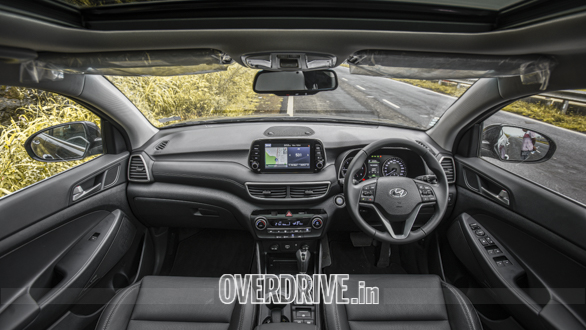
And what's different on the inside of the 2020 Tucson?
Changes here are a bit more extensive. The facelifted Tucson now features an all-black interior with a redesigned top-section. The floating touchscreen system, itself new and same as the 7-inch unit from the Venue, has allowed Hyundai to bring a far more contemporary feel here. This sensation comes from the stepped layout, the simplified air vents and the layered surfacing on the dash top. With the edge of the dash lowered, this has also improved visibility.
The fit and materials used are of-course up to the high standards we now expect from Hyundai. But truly uplifting is the soft-touch plastics on the dash top and the leather trimmings around the section below the touchscreen. Thoughtful because you invariably end up resting your hand here whenever you use the system. The instrument cluster and the area around the climate controls and centre console remain unchanged, they're functional and meld right in with the new bits, so no complaints. These are reserved for the steering wheel and the door pads. We think Hyundai could have offered the new four-spoke wheel from the Creta here, as well as added some more soft surfaces around the door handles. Also, with even the sub-four-metre Sonet now offering a large touchscreen, we would have liked to see that 10.25-inch unit here as well.
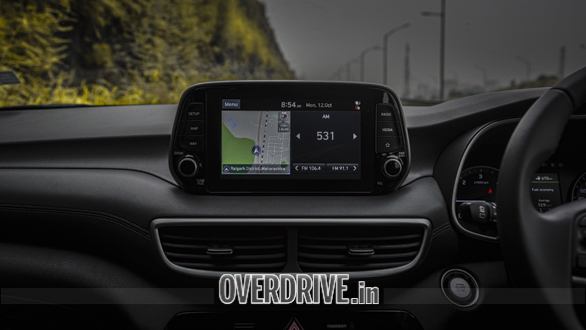
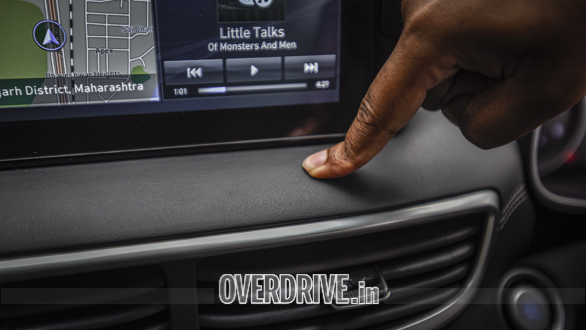
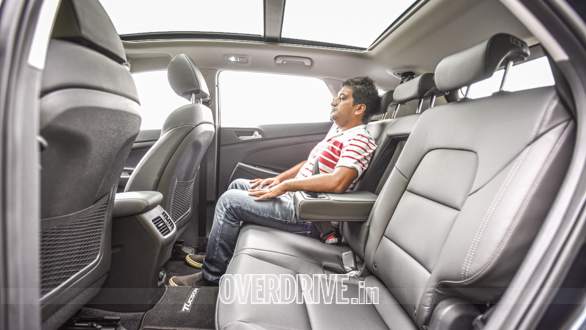
But these niggles are largely forgotten once you start spending some time with the Tucson. The front seats are well supported and offer enough adjustment for everyone (10-way driver and 8-way passenger). But we suspect it'll be the rear seat passengers who will be the happiest. There are masses of room here, with a seat that reclines to a very comfortable angle and offers great back and under-thigh support. The window sill may seem a bit high for shorter occupants but the massive panoramic sunroof makes up for it well.
With the Tucson being the most premium Hyundai you can buy, it unsurprisingly comes chock-full of features. In top-spec GLS, highlights are auto-headlamps and wipers, dual-zone climate control, a powered tailgate and new with this update are a great-sounding eight-speaker Infinity audio system, wireless charging, the Blue Link suite of connected-car tech and the aforementioned sunroof. If anything, we would have also liked to see the very effective cooled seats from elsewhere in the Hyundai line-up. Hearteningly, most of these features are also available with the lesser GL(O) trim.
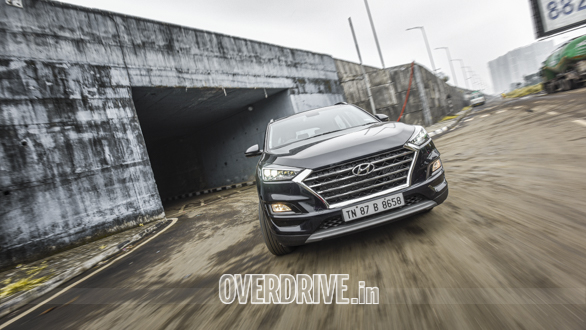
What is the 2020 Hyundai Tucson like to drive?
The Hyundai Tucson continues to be powered by the 2.0-litre turbo-diesel engine making 185PS at 4,000 rpm and 400 Nm at 1,750-2,750rpm. The shift to BSVI has meant that it now comes equipped with an SCR exhaust treatment system, which is fed via a urea tank. The big change though is that the six-speed automatic this motor came paired with earlier has now been replaced by an eight-speed torque converter, the manual version has been ditched altogether.
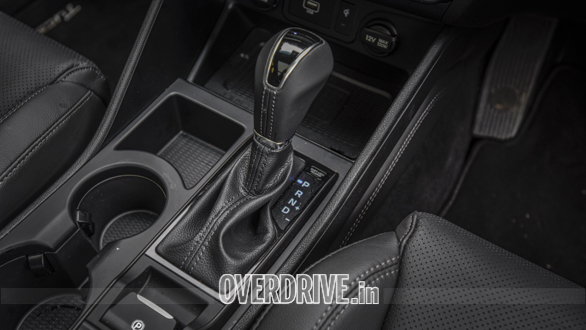
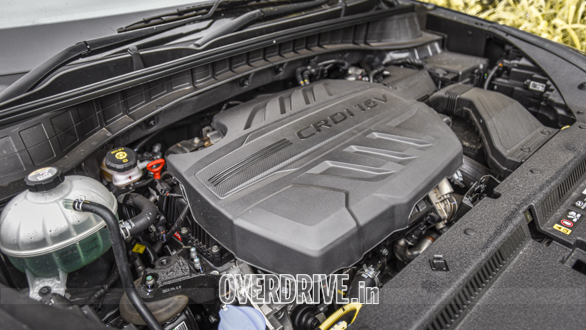
We've seen this gearbox before in the Kia Carnival and it is almost as effective here. Aside from some hesitation at low engine speeds where it takes some time to drop down a gear, and brings for slightly ponderous progress in say heavy traffic, this unit is very intuitive. It is always picking the gear best for how much power you are asking for. The shifts themselves are quick and more-or-less imperceptible. This is true even in the Sport drive mode where it will usually choose a lower gear and let you exploit this engine's potent mid-range torque. Although Comfort and even Eco mode provide just the right amount of responsiveness for most uses.
With these traits the diesel Tucson feels most at home out on the open road, where it will simply gobble up huge distances efficiently (20.05 kmpl highway) without letting you feel much, the eight gears making very good work of this engine's sizable torque output. That's not to say that it's not very good elsewhere. The very European ride means that it flattens all but some of the sharpest imperfections on our roads, which thud through with a bit of movement. The good visibility and light steering mean that if you like driving yourself it won't get in your way too much in the daily grind.
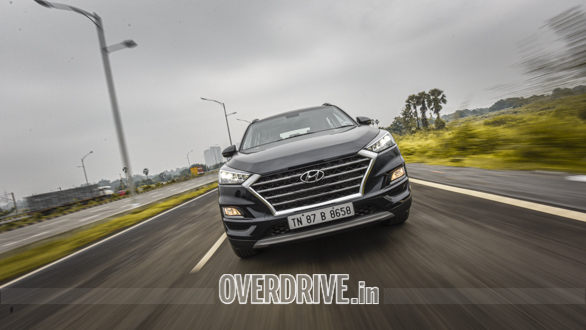
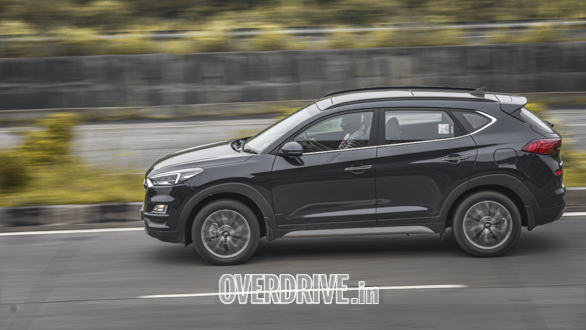
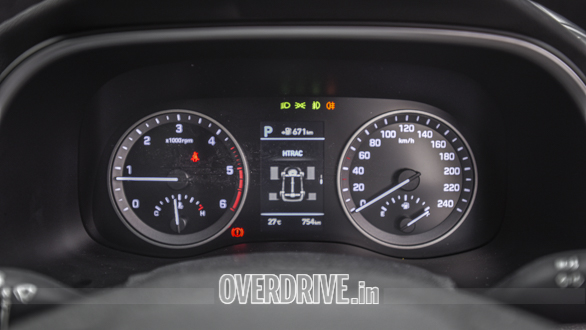
This fairly large SUV also doesn't fall apart if you find yourself on a twisty section on your roadtrip. We would have liked a bit more precision from the steering wheel but otherwise, the AWD system on the top-spec version makes sure that the Tucson doesn't feel lairy around a set of bends, poised enough for most needs if not a great corner-carver. If anything, we would have liked a bit more initial feedback from the quite competent brakes.
This AWD system is largely there to aid traction and can send up to 50 per cent of the torque to the rear axle. Unlike its peer the Jeep Compass, the Tucson doesn't project itself as a soft 4x4. There are no off-road drive modes, although hill-descent control and a 4WD lock function mean that the Tucson should be fine on the stray dirt road you encounter. This always-on system also assists the Tucson while rolling off from standstill or slower speeds, which seems to take a slight toll on how efficient the SUV is in the city.
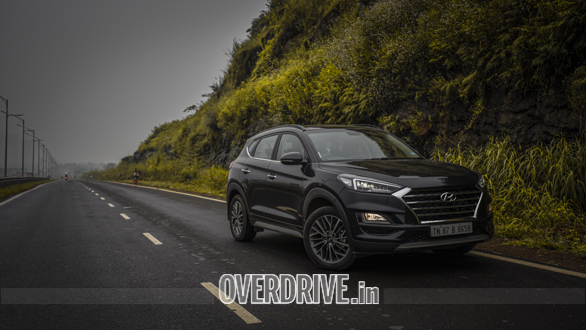
Should I buy one?
Priced at just over Rs 32.5 lakh, on-road Mumbai for this top-spec AWD diesel, the Tucson's closest rival is the Jeep Compass. It is a surprise that Hyundai doesn't sell too many of these cars. It's an exceptional mile muncher, largely inoffensive in daily use, genuinely comfortable, well-equipped and to its credit continues to look and feel contemporary despite being around for as long as it has( a striking new one has already been revealed globally). Our pick though would be the 2WD diesel, which lops close to Rs 2 lakh off the on-road price for a feature you don't exactly exploit in most circumstances and significantly ups the Tucson's value proposition.
Hyundai Tucson OD Test figures
0 to 100 kmph - 10.2s
30 to 50 kmph - 1.7s
50 to 70 kmph - 2.2s
60 to 80 kmph - 2.1s
100 to 0 kmph - 41.9m/3.3s
City fuel economy - 9.28 kmpl
Highway fuel economy - 20.05 kmpl
Overall fuel economy - 12 kmpl
Starts Rs 27.69 Lakhs
1995cc
Automatic
156
400
16.38 Kmpl
Starts Rs 17.79 Lakhs
1956cc
Automatic
163
350
14.9 Kmpl
Starts Rs 24.95 Lakhs
2143cc
Automatic
200
440
-NA-
